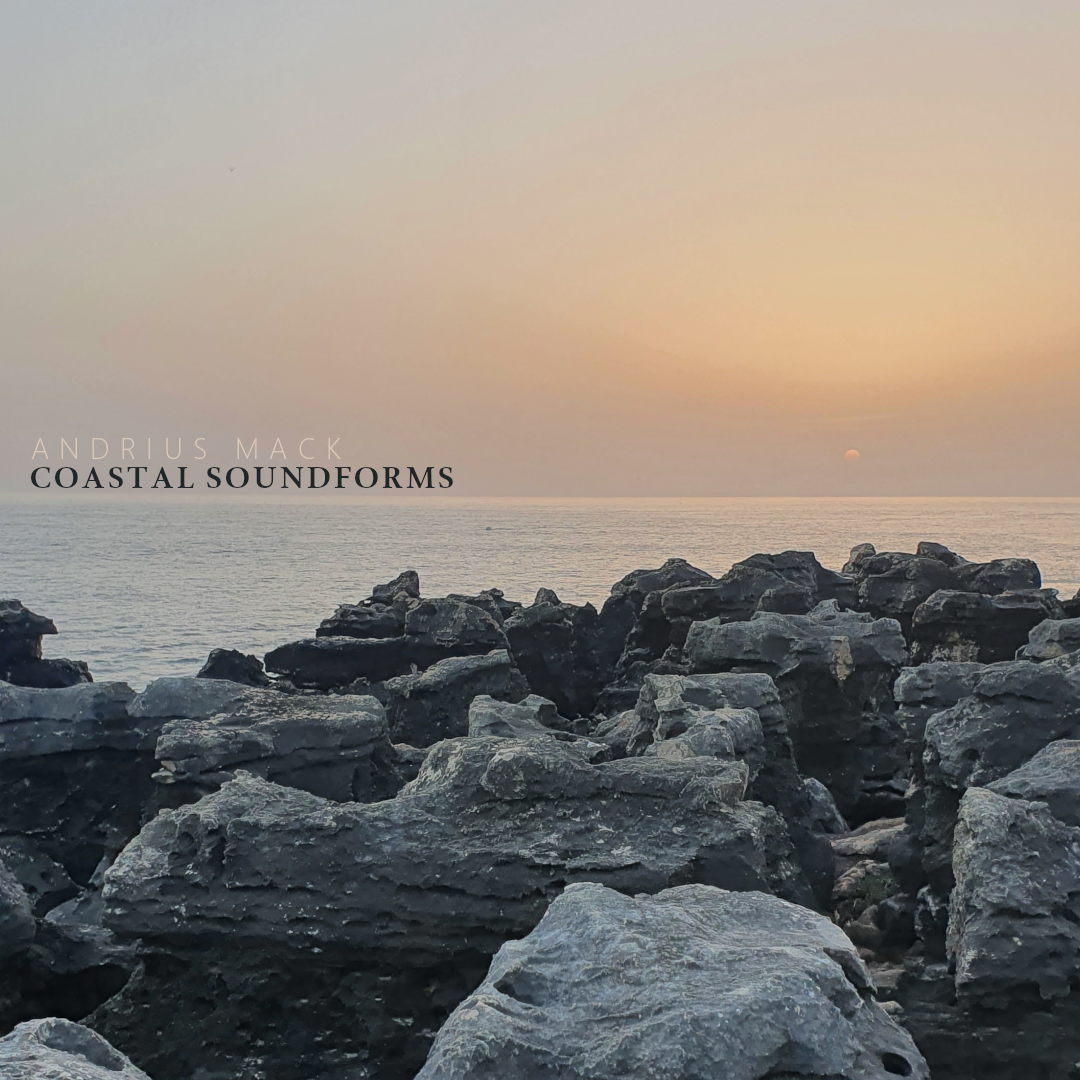ANDRIUS MACK
Innersounds: Revolving Tower Oscillations
In the first project of my portfolio I set out to thoroughly record the iconic BT Tower in London, previously known as the Post Office Tower and London Telecom Tower. Having been the tallest building in London until 1980 (Lomholt, 2018) and still dominating the Northern part of London’s skyline, the structure could be assumed to be one of the capital’s more famous landmarks and to have had at least some sort of impression on the city’s residents.
I decided to name the composition Revolving Tower Oscillations in homage to the mechanical features of the rotating top and the many different sounds and oscillations, that also concurrently revolve. I became inspired to try and develop this as part of my practice, hence I added Innersounds to the name – hopefully starting a series of similar projects where I could dwell deep into iconic buildings and produce my interpretation of the sounds within them. I am generally pleased with the sonic qualities of the final result, however, in the future I would like to explore recording such buildings with less of my personal interpretation. I feel that I could have experimented with recording conversations with people about the tower, which could have helped me to present a less subjective perspective.
Coastal Soundforms
The second part of my portfolio submission, Coastal Soundforms, derives its name from geological structures known as coastal landforms. “Best considered in two broad categories: erosional and depositional” which Richard A Davis from Britannica.com defines as “any of the relief features present along any coast, the result of a combination of processes, sediments, and the geology of the coast itself”(Davis, n.d.). In a time when the scientific community reaches a 99% consensus that anthropological climate change is in fact very real (Lynas et al., 2021), I have frequently considered how my art practice could contribute to at least raising awareness about this impeding, potentially apocalyptic danger.
It is a well-established fact that global warming leads to rising sea levels and in this context erosional coastal landforms ascertain a new and quite troublesome connotation – the potential erosion of landmasses currently inhabited by people and other life forms. This gave me the idea of trying to record current coastal landforms, attempting to highlight their serenity and beauty, the natural and urban life that locates near the shores, the human activity that contributes to climate change and the incredible and unstoppable power of the oceans. In the process of making this piece, I recorded coastal landforms such as cliffs, different types of beaches, dunes and deserts, lagoons, coves in the following locations - Brighton, Camber Sands, Dungeness, Texel, Nida, Lisbon, Cascais and Venice.

